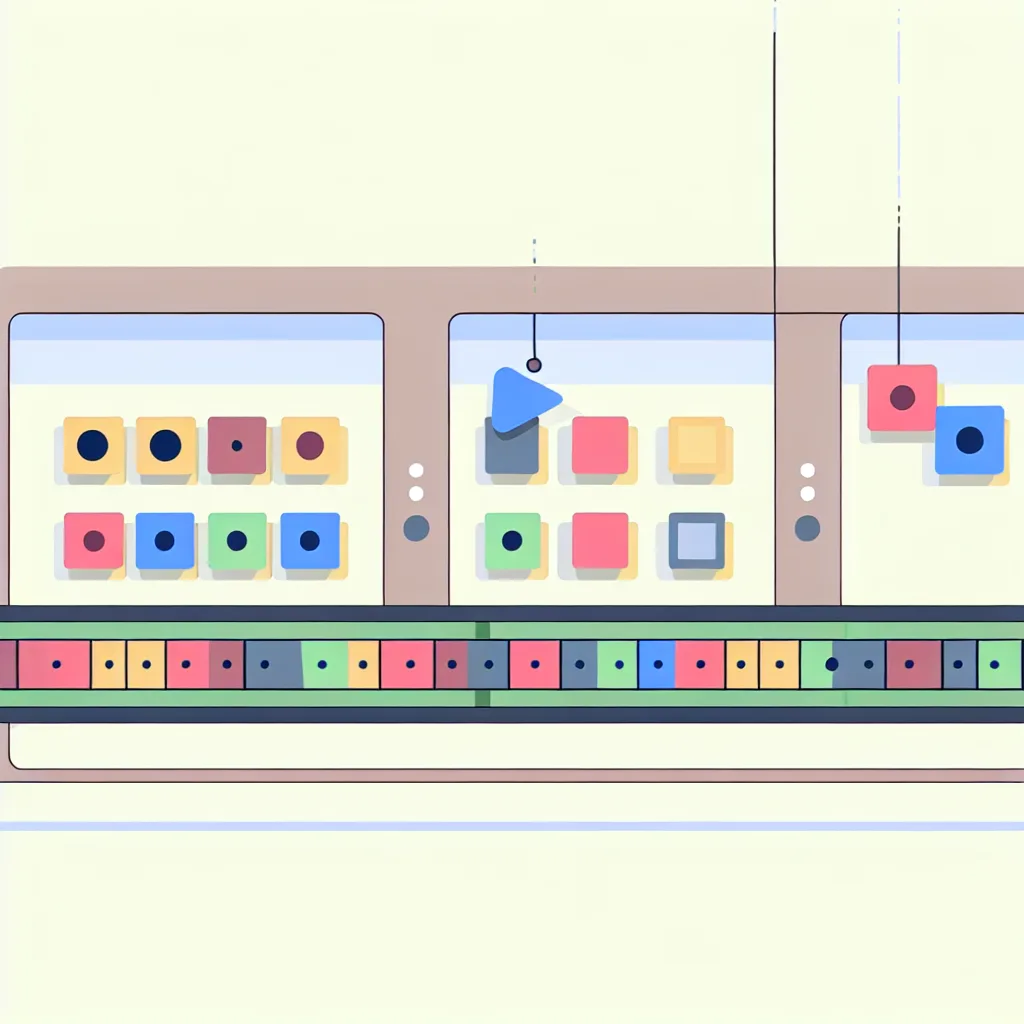Exploring how Shapez and Shapez 2 offer ideal environments for AI training with clear signals and strategic thinking
If you’re diving into the world of reinforcement learning, finding good environments to test and train your models can be a bit of a hunt. That’s where games like Shapez and its sequel, Shapez 2, come into play. These games offer a unique mix of clear progressive goals, a rich need for reasoning, and a comfortable pace that doesn’t demand real-time reactions. Let me tell you why I think Shapez is a fantastic playground for anyone experimenting with reinforcement learning.
What Makes Shapez Ideal for Reinforcement Learning?
Reinforcement learning thrives on environments that provide clear, incremental rewards and challenges that scale with the learner’s progress. Shapez fits this bill beautifully. The gameplay revolves around creating increasingly complex shapes through automation — it encourages logical thinking, planning, and efficiency improvements. Because it’s grid-based, either in 2D for Shapez or 3D in Shapez 2, it lends itself well to structured problem solving, which is great for training AI.
One of the biggest pluses of Shapez is that it doesn’t force you to make split-second decisions. It’s not a fast-paced shooter or a frantic tower defense game. Instead, it offers a thoughtful, puzzle-like experience where you get to focus on strategy. This kind of setup is perfect for reinforcement learning models since they can take the time to evaluate and optimize their actions.
Clear Progressive Signals Help AI Learn
In reinforcement learning, having clear signals to indicate progress and reward is crucial. Shapez’s levels and objectives provide just that — each stage requires building more complex shapes and improving your factory setup. That clarity helps the learning algorithm understand what actions are moving it closer to success and which aren’t.
This structure benefits not only human players but also AI training, as it simplifies the reward feedback loop. For those new to reinforcement learning, it’s like having a roadmap that guides the AI through increasingly difficult challenges, shaping better decision-making along the way.
What About Other Games for Reinforcement Learning?
Shapez isn’t the only game that offers an environment suitable for reinforcement learning, but it’s definitely one of the neatest options. Other titles worth considering include:
– Minecraft with its open-ended sandbox style and modding options that let you create specific tasks and challenges for AI agents.
– OpenAI Gym Environments which are specially designed for AI training, including grid-worlds and classic control problems.
– Factorio, similar to Shapez, is another factory-building game that offers complexity and strategic depth but with a real-time twist.
If you want to dive deeper into how reinforcement learning operates or explore frameworks to get started, OpenAI’s Spinning Up in Deep RL and DeepMind’s Reinforcement Learning Introduction are fantastic resources.
Wrapping Up
Shapez manages to be both engaging and methodical, making it an excellent candidate for reinforcement learning experiments. Its grid-based gameplay, clear progression system, and puzzle-like nature allow AI models to learn without the pressure of real-time decision-making. So, if you’re tinkering with reinforcement learning projects, consider giving Shapez or Shapez 2 a try. You might find its design aligns surprisingly well with your training needs.
And hey, if you know other games that could serve as great RL environments, I’d love to hear about them. After all, exploring creative training grounds is part of the fun in AI research!
